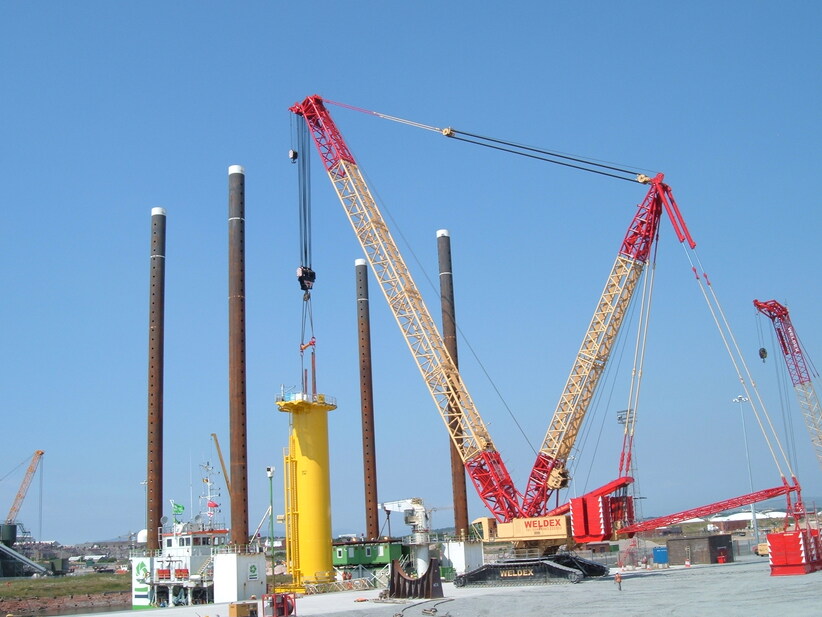Use of Lifting Equipment and Spreader Accessories in Renewable Energy Projects

- The Role of Lifting and Spreader Equipment
- Key Considerations for Equipment Selection
- Case Studies
- Conclusion
The rapid expansion of renewable energy projects worldwide—particularly in wind, solar, and offshore sectors—has intensified the demand for specialised lifting and spreader equipment. These tools are crucial for the safe and efficient handling of large, heavy, and often delicate components such as wind turbine blades, nacelles, and solar panels. This article explores the pivotal role of lifting and spreader equipment in renewable energy projects, highlighting key considerations and real-world applications.
The Role of Lifting and Spreader Equipment
- Wind Energy Projects: The assembly and maintenance of wind turbines, both onshore and offshore, involve lifting components that can exceed 100 meters in length and weigh several tons. Spreader beams and lifting frames distribute weight evenly, reducing stress on components and ensuring safety during installation.
- Solar Energy Installations: Large-scale solar farms require the precise placement of panels and supporting structures. Lifting equipment facilitates the rapid and accurate positioning of these elements, optimising installation timelines.
- Offshore Renewable Projects: The marine environment presents unique challenges, including variable weather conditions and limited accessibility. Specialised lifting equipment is essential for the installation of offshore wind turbines, tidal generators, and other marine-based renewable technologies.
Key Considerations for Equipment Selection
- Load Capacity and Distribution: Equipment must be capable of handling the specific weights and dimensions of renewable energy components, ensuring balanced load distribution to prevent structural damage.
- Environmental Conditions: Equipment used in offshore or harsh environments must be resistant to corrosion and designed to operate under challenging weather conditions.
- Modularity and Transportability: Modular designs allow for easier transportation to remote sites and adaptability to various lifting scenarios.
- Compliance with Standards: Equipment should meet international safety and quality standards, such as those set by DNV or ISO, to ensure reliability and regulatory compliance.
Case Studies
- Wind Tower Lift in South America: In Colombia, G2 Ocean utilized a MOD 250 spreader beam to lift 63-ton Nordex wind tower sections. The modular design allowed for airfreight transport and on-site assembly, overcoming logistical challenges in a remote location

- Harland and Wolff Offshore Wind Project: Modulift designed a 500-ton lifting beam and a 48.5-meter spreader for the assembly of 5MW wind turbines at Harland and Wolff’s facility in Northern Ireland. The equipment enabled the simultaneous lifting of three turbine blades, maintaining their calibrated sets

- ST3 Offshore Jacket Foundation Lifts: In Poland, ST3 Offshore employed Modulift spreader beams in a two-over-one configuration to lift 700-ton jacket foundations for the Borkum Riffgrund 2 offshore wind farm. The setup facilitated efficient and safe handling of massive structures.

Conclusion
The integration of specialised lifting and spreader equipment is vital for the successful execution of renewable energy projects. By addressing the unique challenges posed by large components and diverse environmental conditions, these tools enhance safety, efficiency, and project outcomes. As the renewable energy sector continues to grow, the demand for innovative lifting solutions will remain a critical factor in its advancement.